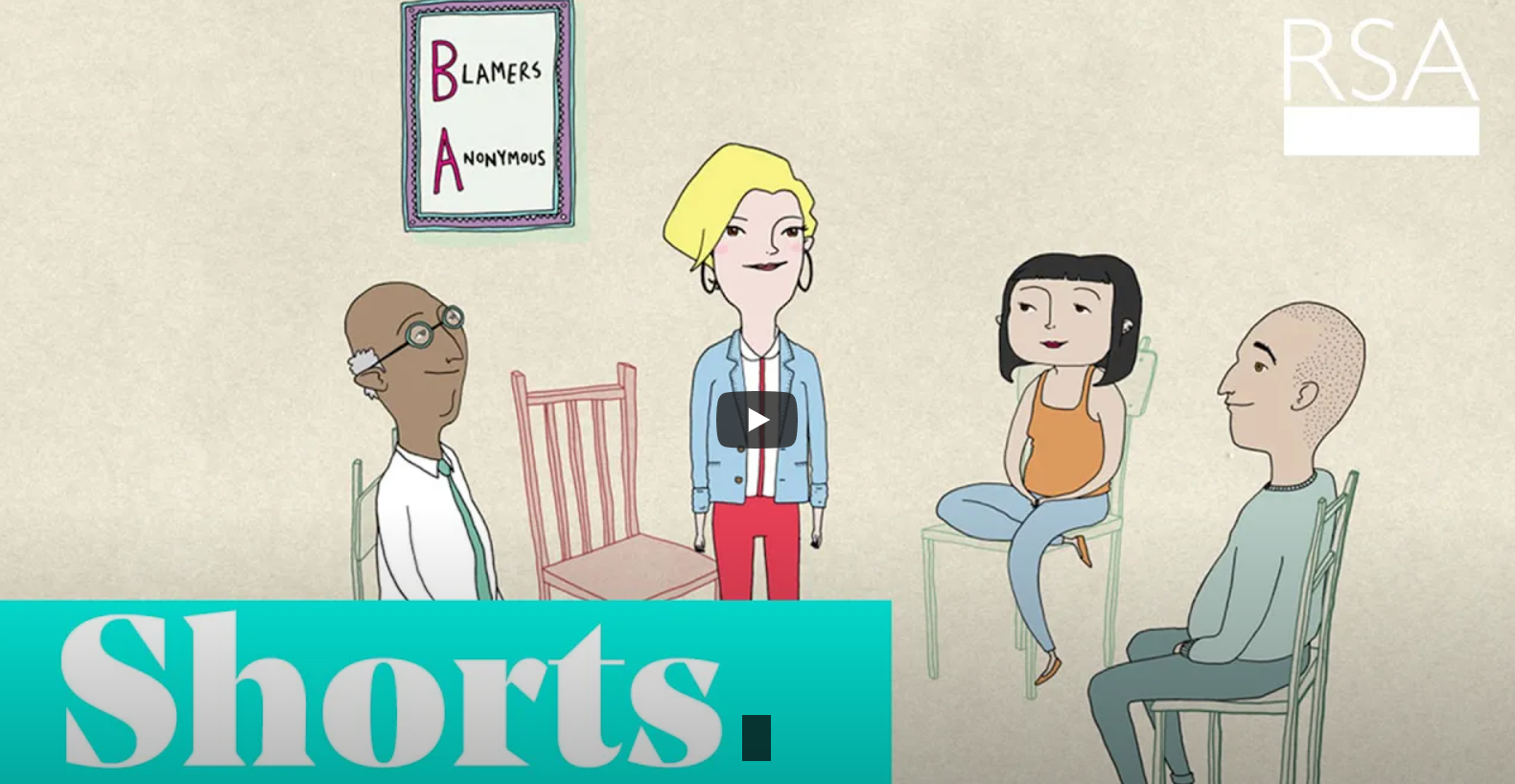Are You Having Trouble Setting Boundaries? Learn About Requests versus Boundaries versus Ultimatums
Like many of us, I grew up in a family where there weren’t a lot of boundaries or assertiveness in requests. Rigid controlling behaviours were there instead of healthy boundaries. Here are some tips that I have learned about relationships and setting these boundaries. People have better relationships when there are healthy boundaries. And making requests, gives the other party the opportunity to meet us in our needs.
Read on to better understand the difference between a request, a boundary, and an ultimatum.

Requests and boundaries are both skills we can use to meet our needs.
When we make a request, we ask someone else to do, or not to do, something in order to meet our needs. For example: “Would you mind speaking to me more calmly? I can hear you better.”
Requests ask someone else to change their behaviour—and they may or may not do so. For this reason, requests are fundamentally unenforceable; the outcome is out of our control. Therefore, the practice here is to let go of the outcome.
Meanwhile, when we set boundaries, we are making clear what we will or won’t tolerate. For example: “I can’t continue the conversation when you raise your voice at me.” or I won’t be able to stay in this relationship if you continue to have affairs.”
The trick to boundary setting is that it is only meaningful if we enforce it—so, enforcing this boundary would mean leaving or ending the conversation when the other party raises their voice or ending the relationship if the other party continues to have affairs.
When we set a boundary, we are making clear what our actions will be. For this reason, our boundaries are fundamentally enforceable and the outcome is entirely within our control.
When should we use which?
The First Course of Action: Requests
First we must recognize we have a need in our relationship and then put forth the request. By making a request, we give the other party the opportunity to meet us.
If the other party is receptive to our request, we should offer a window of time for them to shift their behavior. Maybe we ask a partner to show us more love and affection through hugs and kisses. If the partner is willing, we can observe over the course of a few weeks how their willingness to say “I love you” or offer a hug or a kiss increases. Being specific and concrete about the kind of action will also help them come through for you. I call this Setting them up for Success. Furthermore, giving praise and appreciation upon seeing the change in behaviour will keep the new actions coming. Who doesn’t like praise and gratitude! This is positive reinforcement.
The Second Course of Action: Boundaries
If we make a request and the other party is unwilling or unable to meet it, we have to accept their response or answer. We cannot force more from someone or control anyone who is unable or unwilling to give more. We have to release the illusion that, if we only ask again for the 10th time that they will become receptive to our needs.
Thus we have two choices.
- We can radically accept that their behaviour is unchanging and that our needs will not be met—and we can choose to stay in that situation as it is OR
- We can set a boundary.
When we set a boundary, we ask ourselves: How close and connected am I willing to be with this person who is unable or unwilling to meet my needs?
If a person regularly hurts us with their behaviour and they’ve been unreceptive to our requests to change; we might take greater distance and space from them or end the relationship altogether. We also might stop doing things for them, ie doing their laundry, making meals or sleeping in the same bed.
Here’s an example: when the person continues to disappoint us by not offering as much love, affection, time, or help as we’d like, we acknowledge that this relationship in its current form isn’t working for us and then choose to take space as indicated above or end it entirely.
“But that sounds like an ultimatum. What’s the difference between a boundary and an ultimatum?”
The area between boundaries and ultimatums can be quite blurred. The distinction lies in our tone, intention, and mindset when we say it.
A boundary is about our own limits, whereas an ultimatum is specifically designed to control somebody else. Ultimatums focus on others’ behaviour, not our own.
Here is an example: Your boundary might be, “I’m unhappy and dissatisfied in a relationship where I’m not shown affection. I am unable to be in one without it.”
Perhaps you communicate this to your partner in a conversation about the state of your relationship. Then it’s followed by a conversation about what “affection” means to you and how that need can be met. Or, maybe you leave it at that, and your partner gets to decide how they will respond.
Whereas an ultimatum might be something you say at the end of a huge fight: “If you don’t start stepping up, telling me you love me, and showing me the bare minimum of kindness, I’m out of here!” You slam the door as you leave.
As we can see in the latter case, you’re trying to get your partner to change and your tone is one of anger, control and harshness.
The danger people have in giving ultimatums is that they don’t enforce them, which highlights their true intentions and attempts to control others’ behaviour instead of genuine attempts in helping to get our needs met.
Why Do We Get Stuck Making Repeated Requests?
Some of us never cross the bridge from requests to boundaries. We stay stagnant in the same situations, making the same requests repeatedly.
There are a few reasons for this:
- We don’t believe our needs are valid or important enough to warrant setting boundaries around them. We have a poor self-esteem or poor image of ourself and feel unworthy
- We’ve been told our needs are unreasonable, and so it seems too “demanding” to set a boundary around them
- We’re afraid and avoiding the grief that will arise when we accept that a) the other person isn’t changing and b) setting a boundary may mean stepping back from this relationship
Grief is an immense part of the boundary-setting process and often gets overlooked. While setting boundaries is a self-respecting and a powerful thing to do, it is often accompanied by some loss and sadness. In order to effectively set boundaries, we must accept this portion of the process. Mature adults know that they must grieve and realize that “we don’t get everything we want” or “make the choice to grieve while ending the relationship”.
Setting and enforcing our boundaries means accepting the limits of our control and releases any illusion of control that keeps us stuck in unchanging situations.
Tony Robbins confirms this with his statement: You have three choices: Change your Life, Change your Attitude or Be a Victim. Any change can be hard, however, it can also be worth it when we learn to help ourselves in healthy and assertive ways.
Register for our Newsletter and receive a Free Love Chat Package
- The 5 Steps to a Better Relationship
- Ongoing Monthly Relationship Tips
- If you want more love in your life, our relationship Love Chat Package is an easy cost-free first step.

















